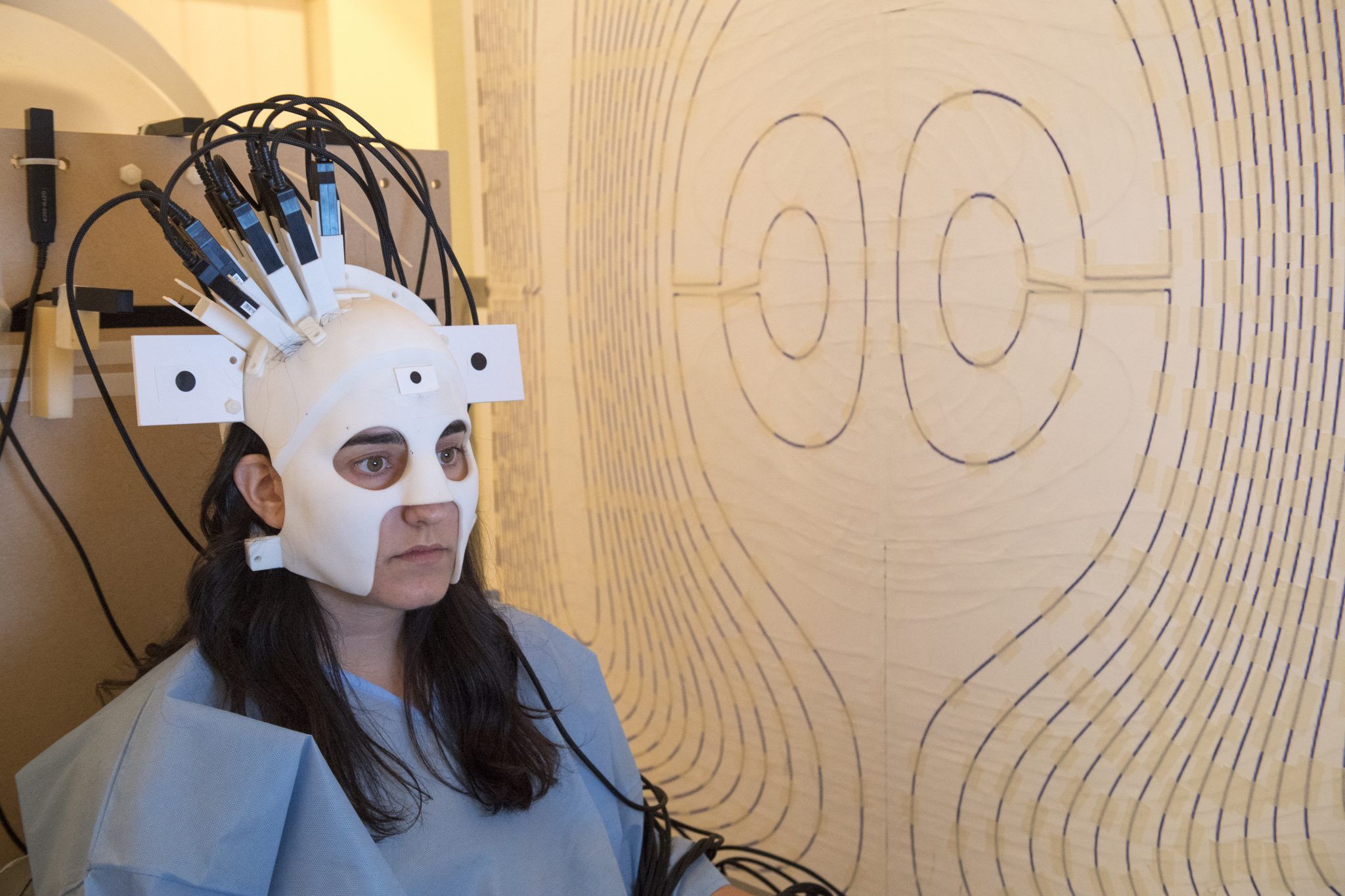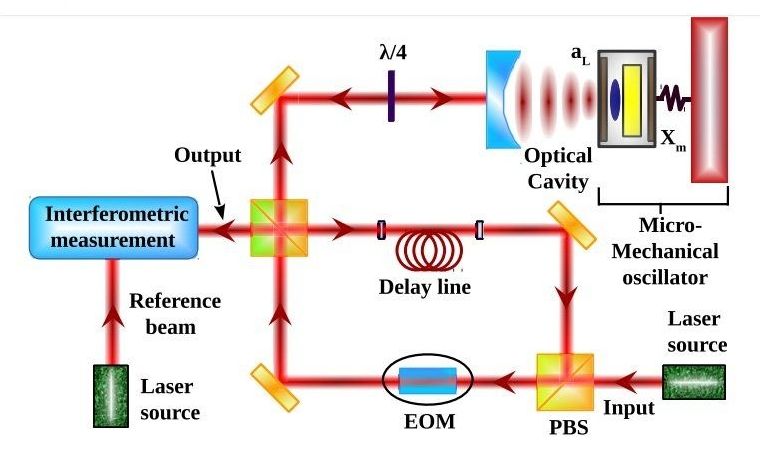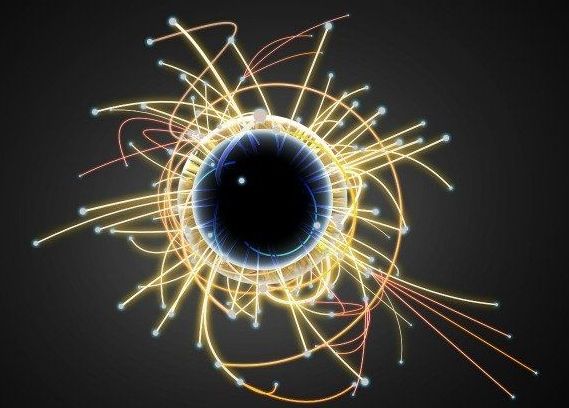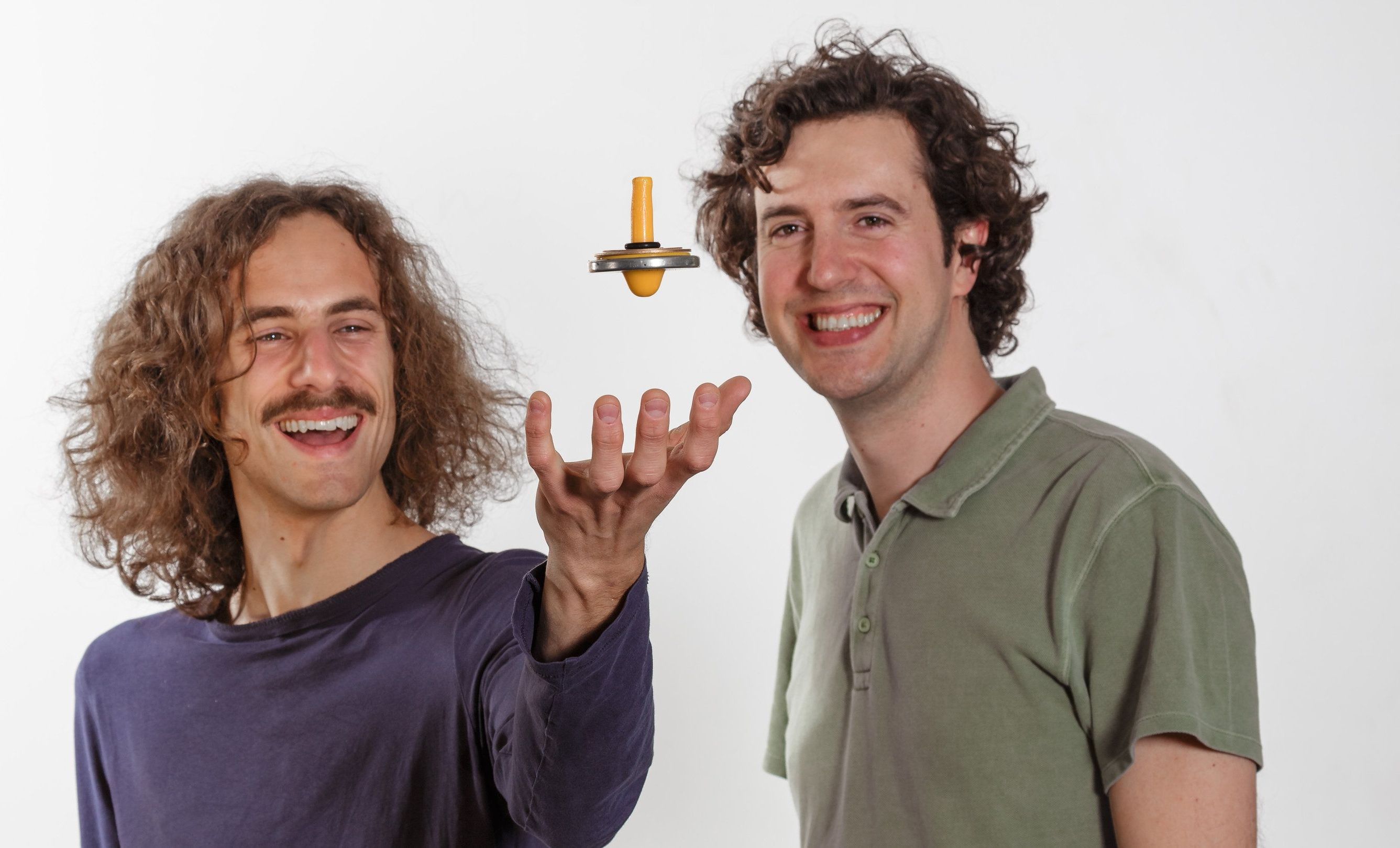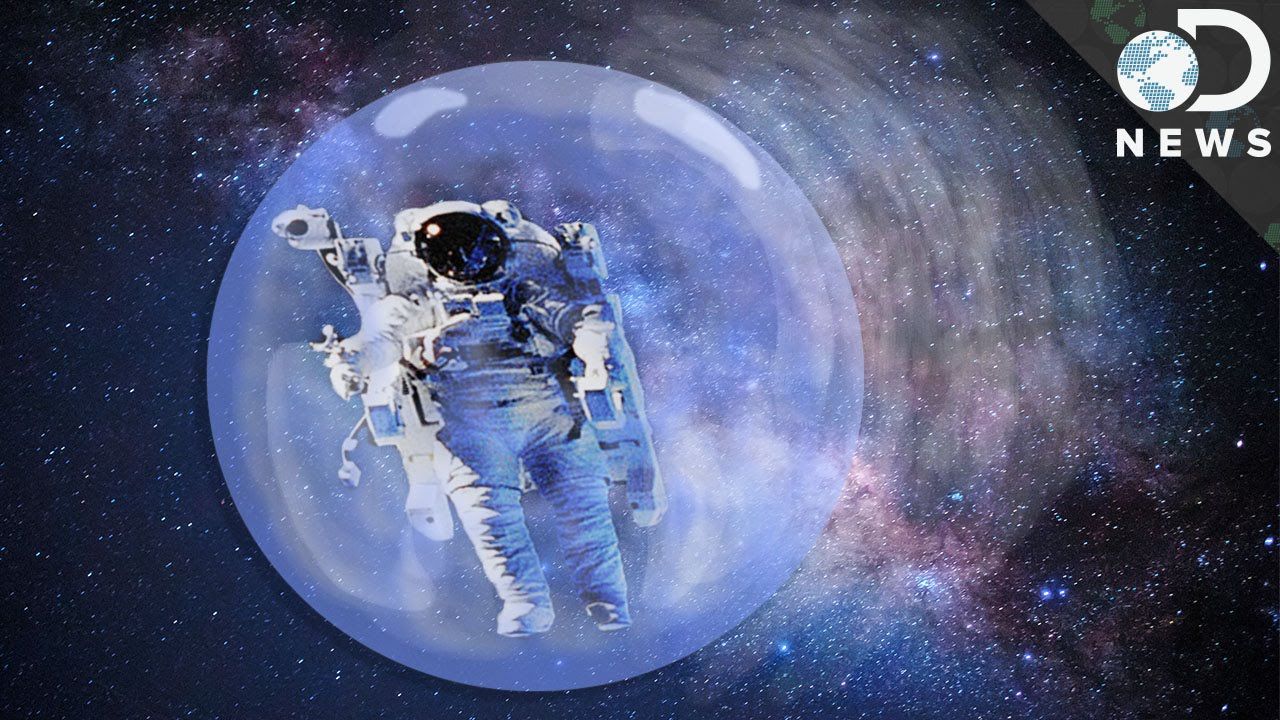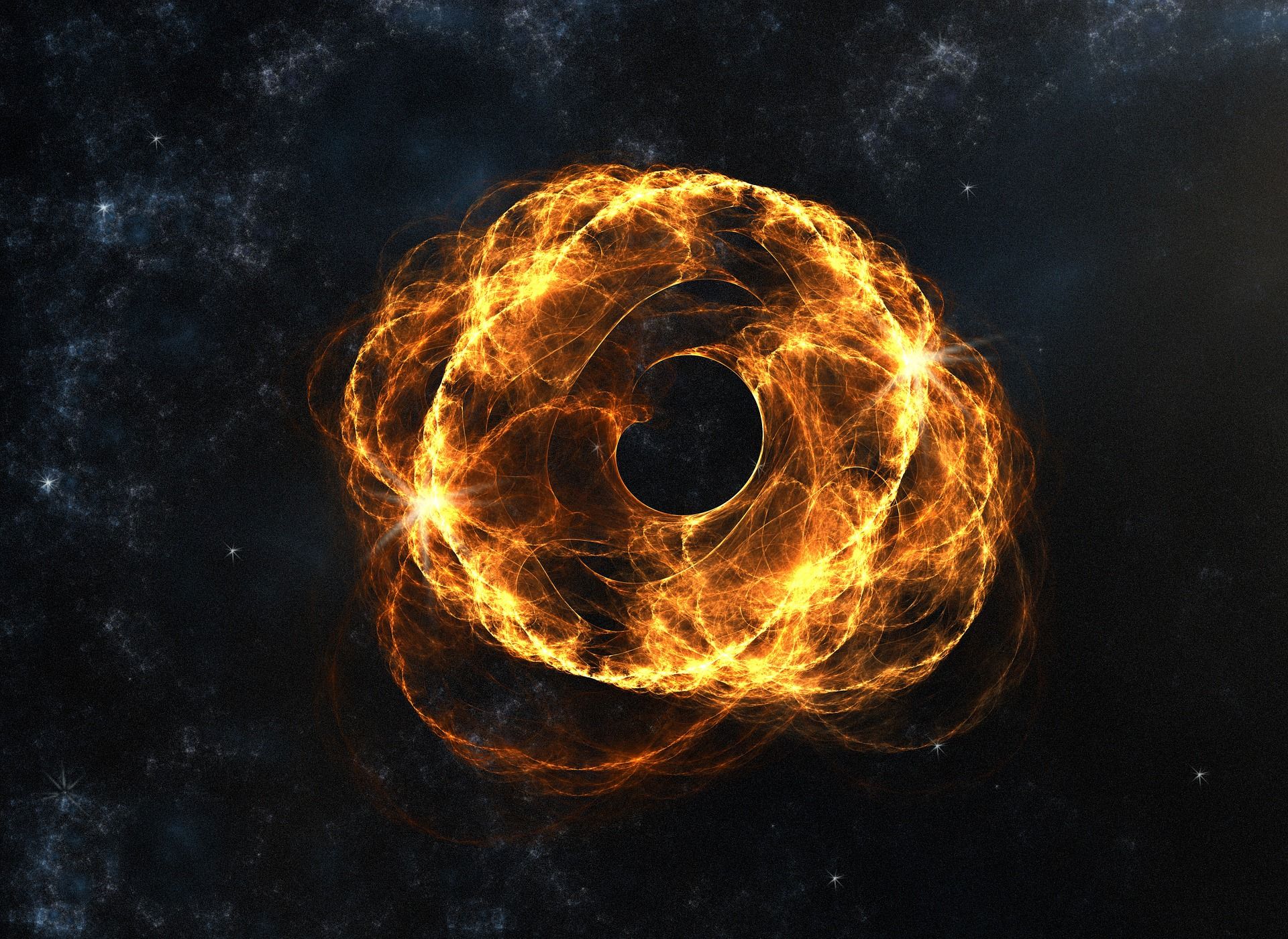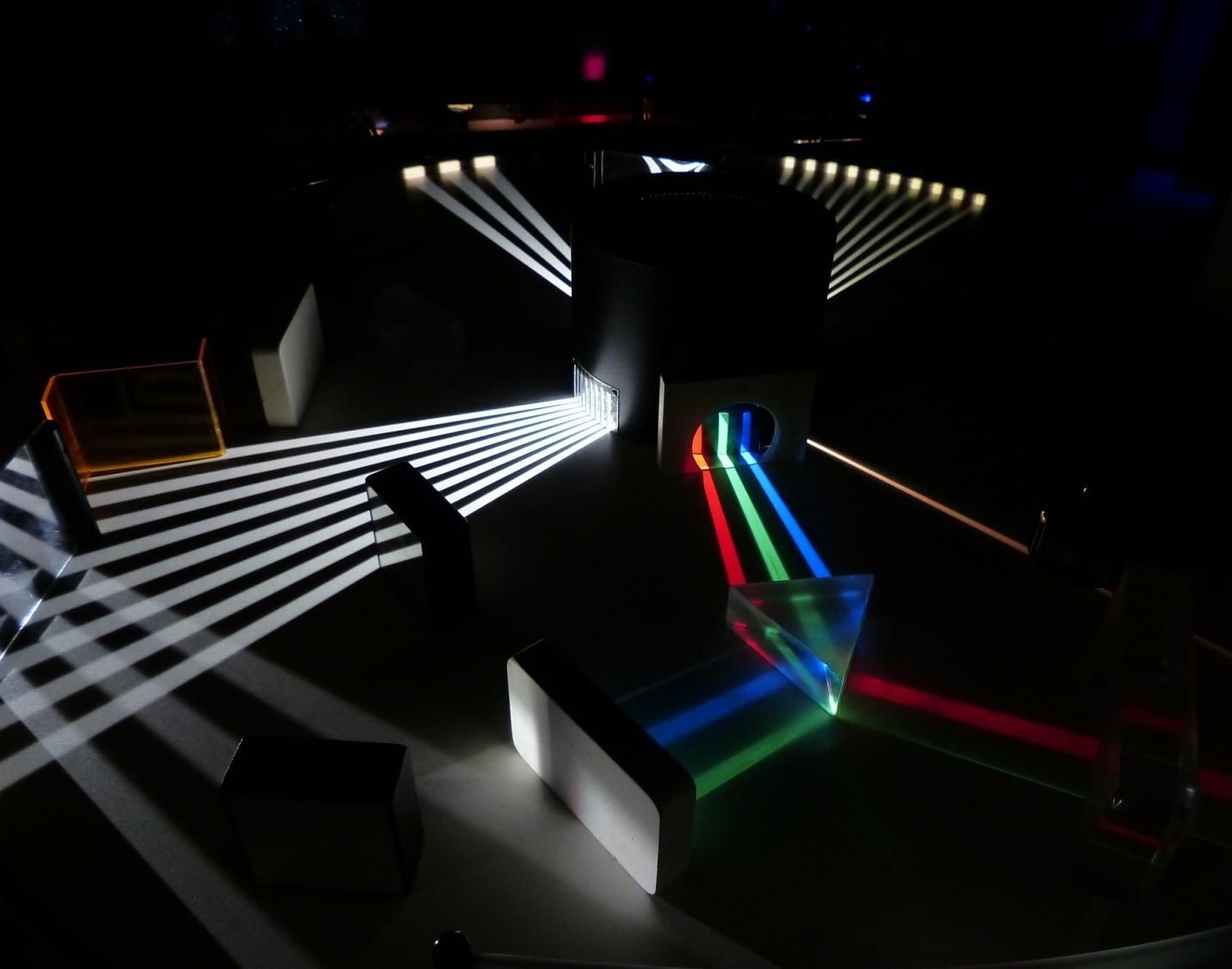Nov 7, 2017
Nottingham’s 3D printed helmet ushers in a new era of natural brain scans
Posted by Nancie Hunter in categories: 3D printing, neuroscience, quantum physics
“Room temperature quantum sensors can be mounted directly on the scalp of any subject. This will give us a projected four-fold increase in sensitivity for adults, but the sensitivity could potentially be up to a 15 or 20 fold increase for children or babies.”
A £1.6 million collaborative project between scientists at the University of Nottingham and University College London (UCL) is looking to improve the way we map the human brain. Focusing on the development of magnetoencephalography (MEG), researchers have 3D printed a prototype helmet that may yield quadruple the sensitivity of current MEG devices.
Reading at room temperature
Continue reading “Nottingham’s 3D printed helmet ushers in a new era of natural brain scans” »
